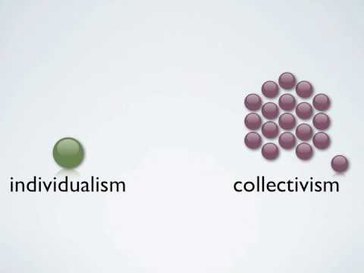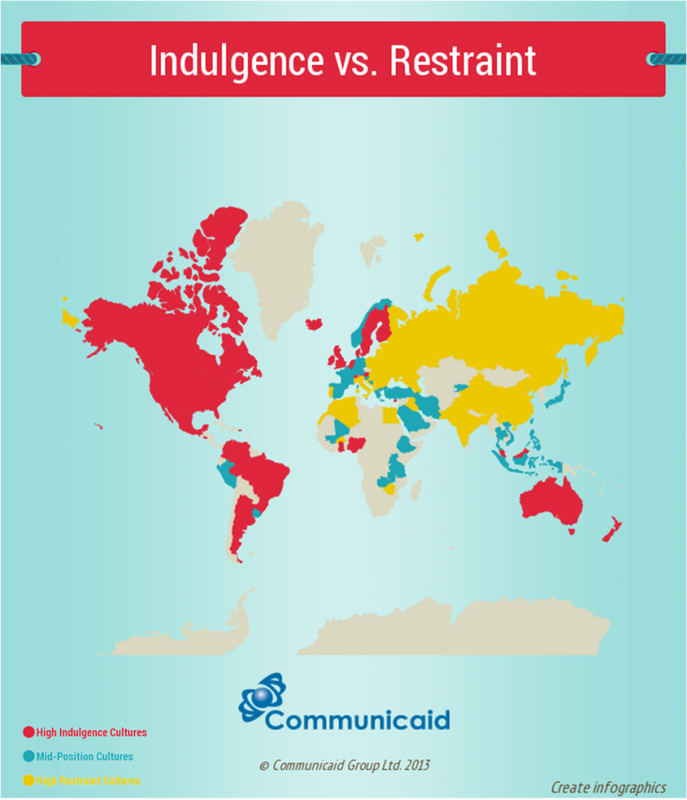When it comes to Global Leadership, there is so much to learn. While avoiding stereotypes is essential, taking the time to familiarize yourself with a country's cultural norms can help you feel more comfortable and will hopefully result in more successful interactions. Below are the six cultural dimensions defined and explained by social psychologist Geert Hofstede. Hofstede uses the dimensions below to aid in cross-cultural communication. Please use this quick guide to gain insight into the varying dimensions that make each culture truly unique.
Masculinity vs. Femininity (MAS)
|
How a culture views the traditional roles of men and women. A country with a high masculinity score generally sees women working in distinct gender defined roles. Countries with a lower score are more likely to believe men and women are more equal and capable of being in any role. High Masculinity: China Low: Russia |
Individualism vs. Collectivism (IDV)
Long-term vs. Short-term Orientation (LTO)
|
How a culture values long-standing traditions. Long-term oriented societies attach more importance to the future. They are adaptable and more focused on saving and persevering. Short-term oriented societies value a respect for tradition, preservation of one's face, reciprocation and fulfilling obligations. They view societal change with suspicion.
High Long-Term Orientation: China Low Long-Term Orientation: USA |








